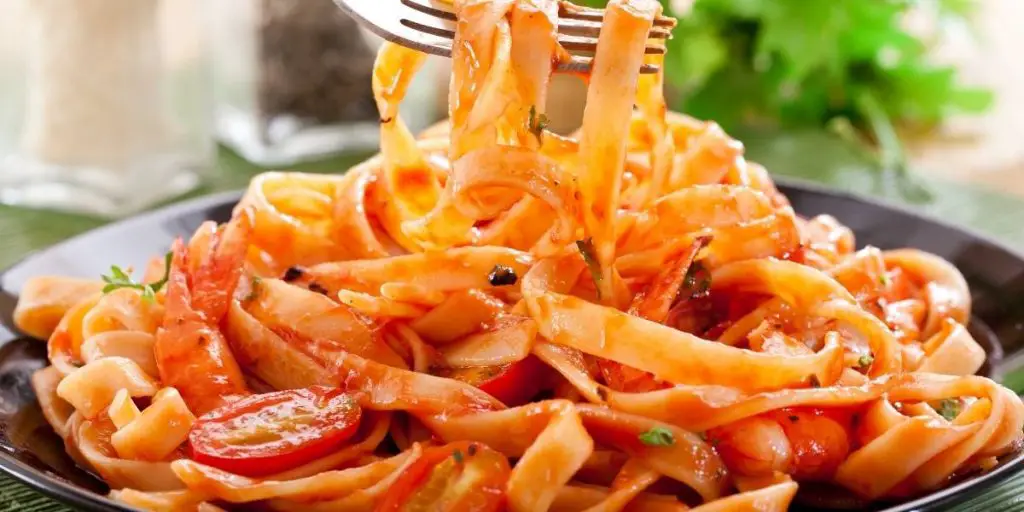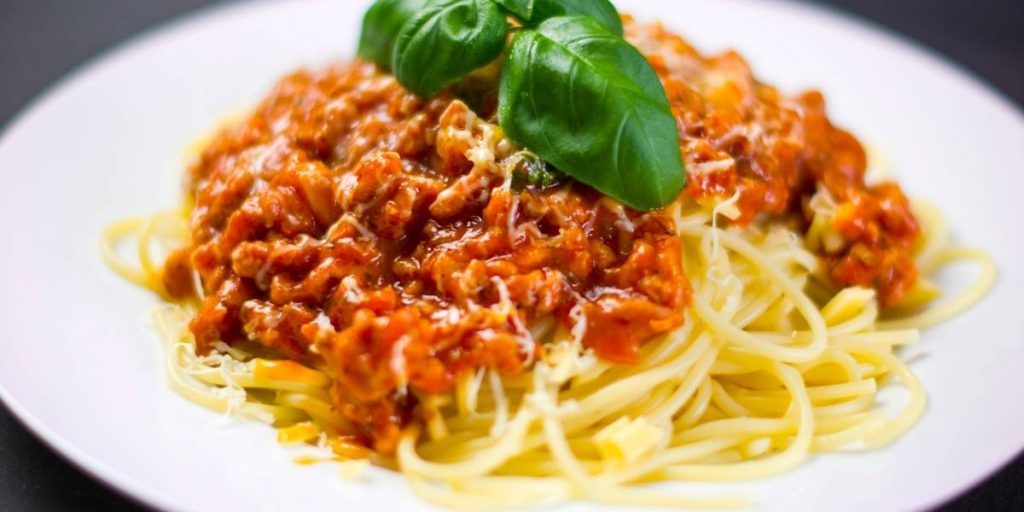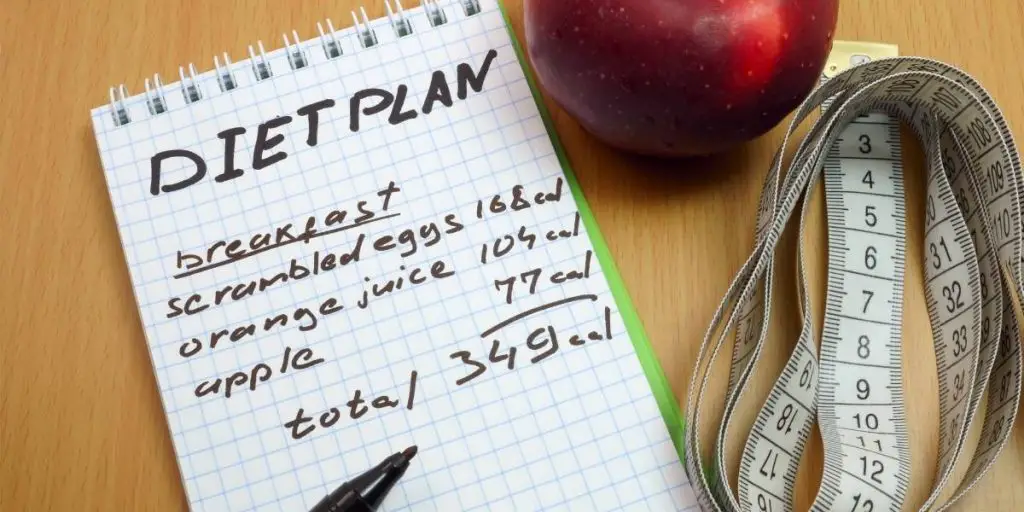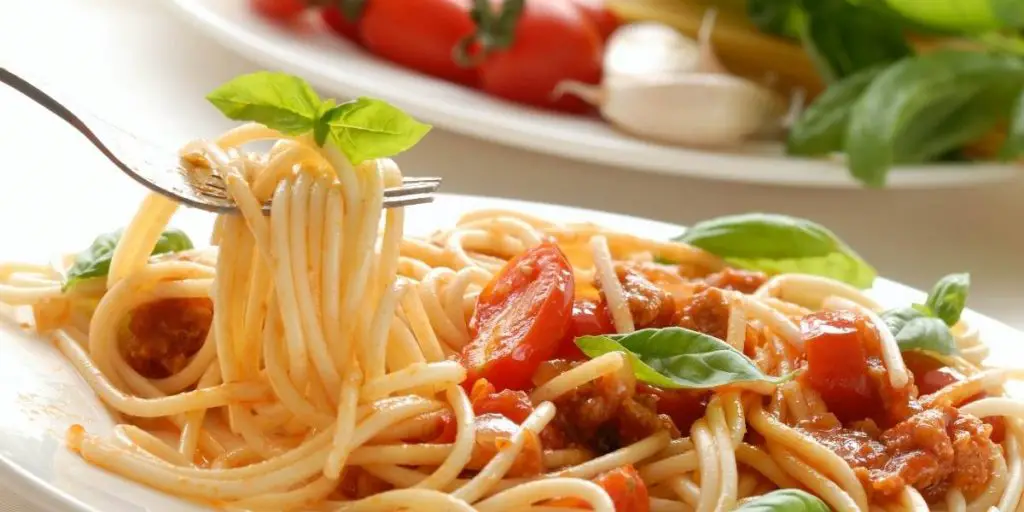The ketogenic diet, commonly known as the “keto diet,” has become increasingly popular in recent years as a weight loss and health improvement strategy. The diet is high in fat, moderate in protein, and very low in carbohydrates, which puts the body in a state of ketosis where it burns fat for fuel instead of carbohydrates.
One of the most common questions people ask when starting the keto diet is whether or not Is the Keto Diet Gluten-Free.
In this blog post, we will explore the gluten-free aspects of the keto diet and provide some tips for those following a gluten-free ketogenic diet.
Table of Contents
What is Gluten and Why is it a concern for some people?

First, it is important to understand what gluten is and why some people may need to avoid it. Gluten is a protein found in wheat, barley, and rye. It is responsible for the elastic texture of the dough and is commonly found in bread, pasta, and other baked goods.
For people with celiac disease, an autoimmune disorder, gluten can cause damage to the small intestine and prevent proper absorption of nutrients. For others, gluten may cause digestive issues such as bloating, gas, and diarrhea.
Is the Keto Diet Gluten-Free?

The good news is that the keto diet, by its very nature, is naturally gluten-free. The focus on high-fat, moderate-protein, and low-carbohydrate foods means that most gluten-containing foods such as bread, pasta, and cereal are eliminated.
However, it’s important to be aware that gluten can sometimes be found in unexpected places. For example, some processed meats and soy sauce contain gluten. Therefore, it’s important to read ingredient labels carefully and be mindful of hidden sources of gluten.
Fiber and the Gluten-Free Keto Diet
One of the main concerns when following a gluten-free keto diet is making sure you’re getting enough fiber. Gluten-free bread, pasta, and other products are often made with rice flour, which is high in carbohydrates and may not fit into a ketogenic diet.
However, there are plenty of gluten-free, low-carb options available, such as cauliflower rice, zucchini noodles, and almond flour. These options provide a good source of fiber and will help keep you feeling full and satisfied.
Variety and the Gluten-Free Keto Diet
Another concern for those following a gluten-free keto diet is getting enough variety in their meals. Because gluten-free options are often more expensive and harder to find, it can be tempting to rely on the same few foods.
However, it’s essential to make sure you’re getting a wide variety of nutrients to support optimal health.
A balanced ketogenic diet should include a variety of healthy fats, proteins, and low-carb vegetables. This will ensure that you’re getting all the essential nutrients you need while still staying in ketosis.
Who Needs A Gluten-Free Diet?

A gluten-free diet is necessary for individuals who have celiac disease, gluten sensitivity, or gluten allergies.
Celiac disease is an autoimmune disorder that is triggered by the consumption of gluten, a protein found in wheat, barley, and rye. When people with celiac disease consume gluten, it causes damage to the small intestine and interferes with the absorption of nutrients. Symptoms of celiac disease can include digestive issues such as diarrhea, bloating, and gas, as well as nutrient deficiencies, anemia, and weight loss.
Gluten sensitivity, also known as non-celiac gluten sensitivity (NCGS), is a condition where individuals experience symptoms similar to those of celiac disease when consuming gluten, but without the same damage to the small intestine. It is estimated that up to 6% of the population may have NCGS.
Lastly, gluten allergies are less common than celiac disease and gluten sensitivity, but it can also cause an allergic reaction in some people. The symptoms of gluten allergies include hives, itching, and difficulty breathing.
It’s important to note that a gluten-free diet may also be beneficial for those with other conditions such as diabetes, autoimmune disorders, and even for weight loss, but consulting a healthcare professional is always recommended before making any dietary changes.
keto gluten-free foods.

There are many foods that are both keto-friendly and gluten-free. Here are some examples:
- Meat and poultry: These include chicken, beef, pork, and lamb. They are high in protein and fat and are typically gluten-free.
- Fish and seafood: Fish such as salmon, cod, and halibut, as well as seafood like shrimp, crab, and lobster, are all gluten-free and rich in omega-3 fatty acids.
- Eggs: Eggs are a great source of protein and healthy fats and can be prepared in a variety of ways, making them a versatile and gluten-free option.
- Low-carb vegetables: Vegetables such as broccoli, cauliflower, spinach, and kale are low in carbohydrates and gluten-free. They can be eaten raw or cooked and can be used as a base for many keto-friendly dishes.
- Nuts and seeds: Nuts such as almonds, macadamia nuts, and pecans, as well as seeds like pumpkin and sunflower seeds, are gluten-free and high in healthy fats.
- Dairy: Many types of cheese and butter are gluten-free and can be used to add flavor and fat to keto-friendly meals.
- Gluten-free flours: Almond flour, coconut flour, and flaxseed meal are all gluten-free flours that can be used as a keto-friendly alternative to wheat flour.
- Healthy fats and oils: Avocado, coconut oil, olive oil, and ghee are all gluten-free and can be used to add healthy fats to keto-friendly meals.
It’s important to note that while many foods on this list are naturally gluten-free, it’s always best to check the ingredients and make sure that they don’t contain any gluten-containing ingredients or have been processed in a facility that also processes gluten-containing grains.
Can I eat gluten on a ketogenic diet?

You can technically eat gluten on a ketogenic diet, but it is not recommended as it goes against the principles of the diet. The ketogenic diet is a high-fat, moderate-protein, and very low-carbohydrate diet.
Gluten is a protein found in wheat, barley, and rye, which are all high-carb foods and are typically avoided on the ketogenic diet.
Consuming gluten-containing foods such as bread, pasta, and cereal can cause you to exceed your daily carbohydrate limit, which can kick you out of ketosis and make it harder to achieve your health and weight loss goals.
Additionally, gluten can cause digestive issues and damage to the small intestine in people with celiac disease or gluten sensitivity.
If you are following a ketogenic diet for health reasons and have a gluten intolerance, it’s best to avoid gluten altogether.
If you are following a ketogenic diet, it’s best to focus on gluten-free, low-carb foods such as meat, fish, eggs, low-carb vegetables, nuts, seeds, dairy, and healthy fats and oils. These foods will help you stay in ketosis and achieve your desired health outcomes.
Gluten-free keto diet plan.

A gluten-free ketogenic diet plan typically includes the following:
- High-fat foods: Foods such as avocados, nuts, seeds, oils, butter, and cheese are all high in healthy fats and are gluten-free. They can be used to add flavor and satiety to meals.
- Protein: Meat, poultry, fish, and eggs are all gluten-free and high in protein. They should be the main focus of meals and can be prepared in a variety of ways.
- Low-carb vegetables: Vegetables such as spinach, broccoli, cauliflower, and zucchini are low in carbohydrates and gluten-free. They can be eaten raw or cooked and can be used as a base for many gluten-free keto-friendly dishes.
- Healthy fats: Healthy fats such as olive oil, coconut oil, and avocado oil can be used to cook and add flavor to meals.
- Gluten-free flours: Almond flour, coconut flour, and flaxseed meal are all gluten-free flours that can be used as a keto-friendly alternative to wheat flour.
- Dairy: Many types of cheese and butter are gluten-free and can be used to add flavor and fat to keto-friendly meals.
- Beverages: Water, coffee, and tea are all gluten-free and can be consumed on a gluten-free ketogenic diet.
Some examples of gluten-free ketogenic meals include:
- A salad made with spinach, sliced chicken breast, avocado, and a dressing made with olive oil and lemon juice
- A stir-fry made with shrimp, broccoli, and cauliflower, cooked in coconut oil and served with a side of cauliflower rice
- A frittata made with eggs, bacon, spinach, and cheese
- A burger made with a gluten-free bun, topped with lettuce, tomato, avocado, and a grass-fed beef patty
It’s important to note that while many foods on this list are naturally gluten-free, it’s always best to check the ingredients and make sure that they don’t contain any gluten-containing ingredients or have been processed in a facility that also processes gluten-containing grains. It’s also important to consult a healthcare professional before starting any new diet plan.
is keto bread the same as gluten-free?

There is a big difference between keto bread and gluten-free bread. Keto bread is made with low-carbohydrate ingredients, whereas gluten-free bread is made without any gluten-containing ingredients.
Keto bread is often made with almond flour, coconut flour, or a combination of the two. Gluten-free bread, on the other hand, is made with a variety of gluten-free flour, such as rice flour, tapioca flour, and potato flour.
Keto bread is generally denser and heavier than gluten-free bread. It also has a more pronounced nutty flavor, due to the use of almond flour or coconut flour. Gluten-free bread, on the other hand, is often lighter and airier in texture and has a milder flavor.
is gluten-free pasta keto.

Gluten-free pasta is a healthy alternative to traditional pasta for people with celiac disease or gluten intolerance. However, gluten-free pasta is not necessarily low in carbohydrates or ketogenic. Some gluten-free pasta brands are made with rice flour or other high-carbohydrate flour, so check the nutrition label before assuming that all gluten-free pasta is low-carb.
Conclusion
In conclusion, the keto diet is naturally gluten-free and can be a great option for people with celiac disease or gluten intolerance. However, it’s important to be aware of hidden sources of gluten and to make sure you’re getting enough fiber and variety in your diet. With a little bit of planning and careful ingredient selection, it’s easy to follow a healthy and satisfying gluten-free ketogenic diet.

